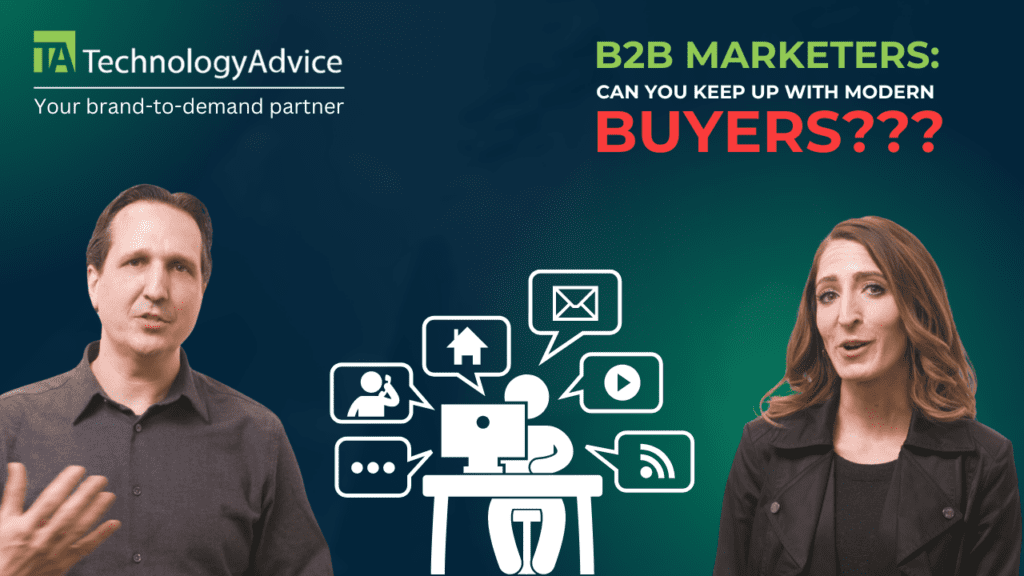How can you keep your customers engaged with your product for months, years, or even decades? It all starts with onboarding. Onboarding used to be about educating a new user. Now, it’s so much more. Whether introducing someone to a new software, app, or service, onboarding is the first point where customers will really interact with the core of your business. First impressions count.
Onboarding needs to empower
Today’s onboarding process needs to focus on empowering a user to make the most of your product or service. By teaching them the value and benefits of using your business over others, your onboarding process can help increase retention by 50%.
This is especially relevant if your product is something like software-as-a-service where you have to continuously sell your solution. Onboarding becomes something of an ongoing process for those customers to help them stay on top of new features and deepen engagement with your product. It must never stop because if it does, your customers might jump ship. Instead, your onboarding needs to set customers up for success, and then evolve into a long-term retention program.
What to include in onboarding
First, when you’re onboarding your users, you need to make sure they know the following:
- What problems your product solves.
- The benefits of your product.
- How your product works.
- What your business represents and stands for.
- How to get ‘quick wins’ with your product.
- How to integrate it in a long-term plan.
- Ways to get better at using your product.
- What other software it works with, and how to integrate it with existing systems.
- What success looks like.
Now, that’s a fair amount to cover, and it’ll be pretty overwhelming for a user to learn all at once. So, break the information down into bite-sized chunks, delivered over a period of time.
Onboarding creates long-term customers
By including all of this information, new users will fully understand the value they are getting from using your company over competitors. Once they know how to use your product effectively, they’ll quickly achieve their short-term goals and move onto more long-term strategy–which is a win for your business. Over time, this loyal customer base will pay off in revenue, retention, and advocacy.
Breaking it all down
Branding matters: The very first touchpoint for many users is going to be social media, an online forum, your website, a blog, a comment, or similar. This should already be considered part of your onboarding journey. It’s the first view that someone will get of your brand. Because of this, make sure that all your branding is consistent across all your channels – from social media, to apps, to thought-leadership pieces and ad campaigns.
Educate users: Once a user has interacted with your business, perhaps by using a demo, downloading an app, or even just visiting your website, the goal is to educate them. You’ll need to communicate the value of using your company compared to alternatives. You should also explain how your product works, and offer support for any demos if needed. Try to do this as quickly and efficiently as possible. Today’s users are often time-poor.
Provide support: Support is vital, whether it is throughout a trial period or when someone has committed to your product. To ensure long-term customer success, you need to help users understand how to make the product work for them. It can be frustrating to learn something new for the first time. Having a helping hand can speed-up the process and let them get to the really value-added stuff that leads to impressive results.
Have a good user-experience: Make sure the overall user-experience is easy as well. Everything from an app to an onboarding email or demo should assist users in discovering the benefits of your product. On-screen virtual assistance can help with this. Likewise, don’t ask for reams of information at the beginning. People don’t like filling in too many details. Keep any information clear and concise (injecting some humour can also be appropriate). Nobody will scroll through a long, boring email.
Make it a habit: With the right support in place, with regular check-ins from your team, users are less likely to churn. If they’re using your product regularly, then it’ll become part of their essential toolkit and something they cannot work without. That’s the ultimate goal of your onboarding journey. To make using your product a habit.
Keep it well structured: To ensure customers make a habit of using your product, your onboarding process needs to be structured, with clear goals at each step. It needs to lead people on a journey, completing an action at each phase in order to reach your end-goal. Emails, or (if relevant) push notifications, can prompt people to complete actions if they have disengaged.
One last push: Likewise, a last push ‘we miss you’ email can be a last attempt to attract people back if they’re stopped using your product. Don’t be too disheartened if only a few users convert at this point. Covering the steps above means that those who do will hopefully remain for life.
Ensure consistent value: The easiest way to convince someone to complete an action, is to tell them what benefits they’ll get from it. Keep reminding users of the value your product adds to their lives. This last step needs to be continuous if you want people to use your business for decades. It’s also worth checking in with customers regularly, to make sure your product is still meeting their goals and to identify any issues.
Onboarding is everyone’s job
A killer onboarding journey isn’t just one person or team’s job. Everyone in your company needs to contribute. Different teams will be responsible for different parts and phases of your onboarding journey. Marketing, sales, UX designers, customer support and product development all play a role. Making sure everyone communicates and is on the same page can help your onboarding journey run smoothly.
Onboarding is important, invest in it
Today’s customers have many different options open to them. They are marketed different software, apps, products and services all the time. To ensure they remain with your company, you need to hook them right from the start. That begins with onboarding. Developing a successful onboarding journey will keep users with you in the long-run and will help your company remain competitive, productive, and profitable.
Nabeena Mali is the head of marketing at AppInstitute, a DIY app builder for small businesses and passionate about sharing her knowledge and insights on design strategy, UI/UX trends and driving digital growth through content marketing.





